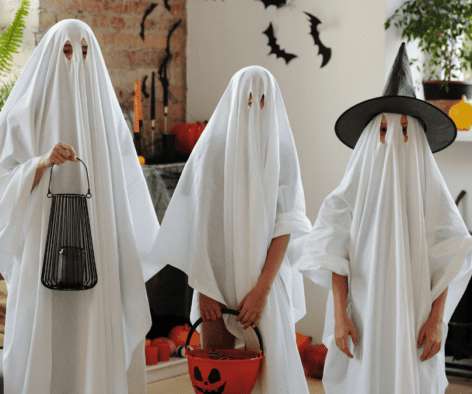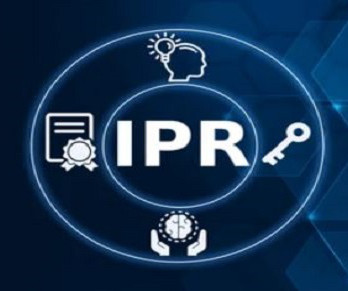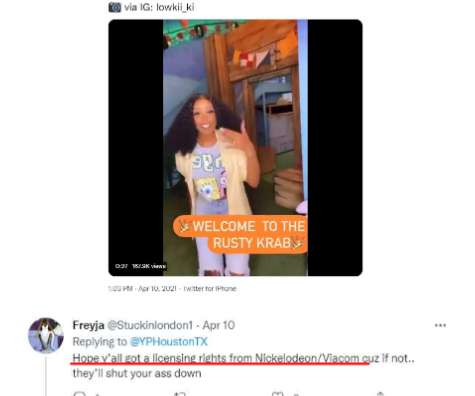Supreme Court Finds Warhol’s Commercial Licensing of “Orange Prince” to Vanity Fair Is Not Fair Use and Infringes Goldsmith’s Famed Rock Photo
Intellectual Property Law Blog
JUNE 5, 2023
2] The Court’s decision affirmed the ruling of the Second Circuit Court of Appeals, which held that the Warhol work was derivative of the original, and noted that “the new expression may be relevant to whether a copying use has a sufficiently distinct purpose or character” but that factor was not dispositive by itself. [3]














Let's personalize your content